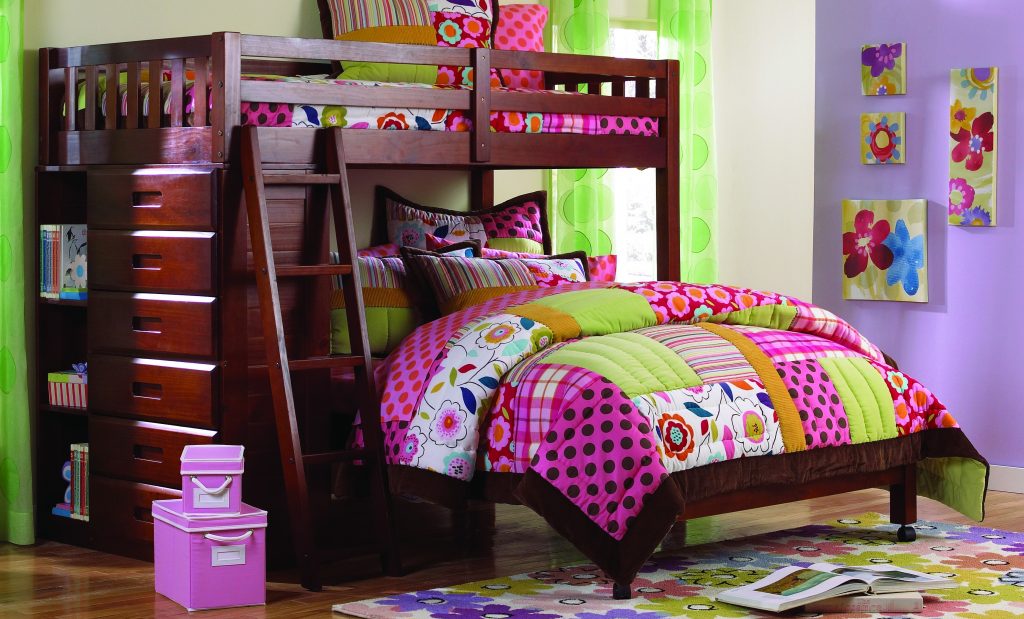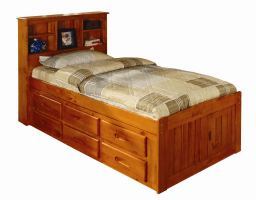Long Term Kids Bedroom Planning

Crafting a children’s bedroom that stands the test of time calls for strategic planning and foresight. You want a space that not only adapts as the child grows but also nurtures their development and creativity. Long term kids bedroom planning involves considering versatile furniture choices, integrating educational elements, exploring innovative designs, thoughtful lighting, adaptable walls, and an enduring color palette. Each element contributes to shaping a space that evolves with the child while fostering comfort and growth.
Adapting with Growth: Beds and Furniture
Selecting furniture that adapts is crucial. Beds that can transition with the child—think convertible cribs that grow into toddler beds and later into full-sized beds—are a smart choice. Explore the possibilities of stackable bunk beds that can detach and be configured as twin beds or combined to create a larger bed, providing flexibility in spatial arrangements.
Moreover, invest in multi-functional furniture pieces such as modular storage units or adjustable desks that accommodate the child’s changing needs and interests as they grow.

Learning Environment: Encouraging Curiosity
When engaging in long term kids bedroom planning, integrating educational elements within the bedroom nurtures a child’s growth. Designate a reading nook equipped with age-appropriate books and learning materials to instill a love for reading and exploration. Consider interactive features like wall-mounted maps, chalkboards, or educational posters to stimulate their curiosity and create a conducive learning atmosphere.
Additionally, incorporate puzzles, educational games, or art supplies that encourage creativity and cognitive development, fostering a space where learning and play harmonize.
Innovative Designs: Versatility in Stackable Bunk Beds
The concept of stackable bunk beds offers unmatched adaptability. These innovative designs feature detachable bunk beds that can function independently or merge into a larger sleeping area. This versatility accommodates changing spatial requirements or preferences, offering a practical solution for evolving bedroom layouts without compromising comfort.
This modular approach provides flexibility, ensuring the room adapts effortlessly as needs change, making it an ideal choice for long-term planning.
Thoughtful Illumination: Functionality and Atmosphere
Careful consideration of lighting is essential to create a welcoming environment. Blend ambient, task, and accent lighting to cater to various activities. Task lighting such as desk lamps complements general lighting fixtures, offering focused illumination for specific tasks like reading or studying.
Consider dimmable lighting options for creating a soothing ambiance during bedtime routines. Playful or themed lighting fixtures can add character, enhancing the room’s aesthetic while serving functional purposes.
Interactive Walls: Encouraging Creativity
Walls serve as adaptable canvases for a child’s creativity. Magnetic or chalkboard-painted sections on the walls encourage personalization and creativity. These interactive surfaces allow the child to draw, write, and display artwork, fostering self-expression and innovation.
Think about incorporating removable wall decals or murals featuring nature scenes or favorite characters. These customizable options offer a flexible way to refresh the room’s ambiance as preferences change.

Timeless Color Palette: Adaptable Appeal
Choosing a versatile color palette sets the tone for the room’s enduring appeal. Neutral base colors like soft grays, beige, or whites provide a versatile backdrop. Accentuate with vibrant accessories or wall art that can be easily updated as the child’s tastes evolve.
Consider calming tones that promote relaxation, ensuring the room remains visually appealing while accommodating the child’s changing style.
In Conclusion: A Space that Grows with Them
Long-term planning for a kids’ bedroom is about creating a dynamic space that evolves with the child. By incorporating adaptable furniture, educational elements, innovative bunk bed designs, thoughtful lighting choices, interactive wall surfaces, and a timeless color palette, the room becomes an ever-evolving sanctuary. This approach ensures the space remains a nurturing environment that supports the child’s development and provides comfort throughout their journey into adolescence and beyond.









